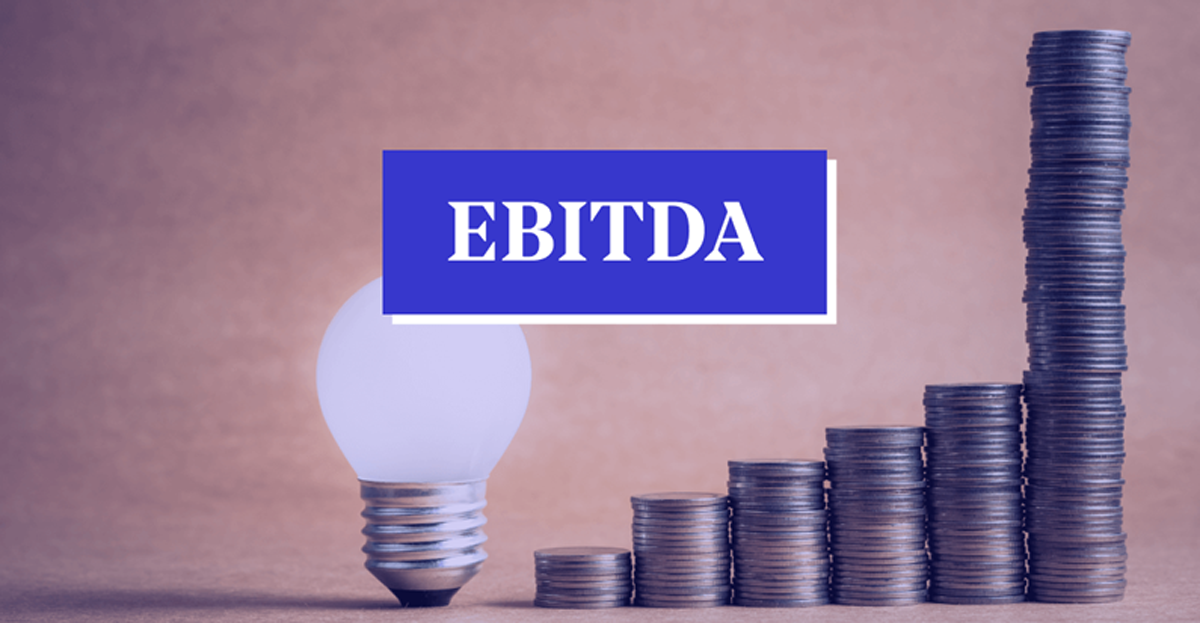 Struggling to understand the EBITDA meaning? It is easier than you think. It is a financial metric that measures the profitability of a business before accounting for interest, taxes, depreciation, and amortization. EBITDA Full Form is Earnings Before Interest, Taxes, Depreciation, and Amortisation. It is calculated by adding back these expenses to the net income of a business.
Struggling to understand the EBITDA meaning? It is easier than you think. It is a financial metric that measures the profitability of a business before accounting for interest, taxes, depreciation, and amortization. EBITDA Full Form is Earnings Before Interest, Taxes, Depreciation, and Amortisation. It is calculated by adding back these expenses to the net income of a business.
EBITDA is widely used by investors, analysts, and lenders to evaluate the performance and value of a business. It helps compare the profitability of different businesses across different industries and geographies, regardless of their capital structure, tax rates, and depreciation methods. It also reflects a business’s cash flow generation potential, as it excludes non-cash expenses such as depreciation and amortization.
How to Calculate EBITDA?
There are two main ways to calculate EBITDA: the direct method and the indirect method. The direct method is simpler and more intuitive, whereas the indirect method is more complex.
The formula for the direct method is:
EBITDA = Net Income + Interest + Taxes + Depreciation + Amortisation
The formula for the indirect method is:
EBITDA = Revenue − Cost of Goods Sold − Operating Expenses − Other Income or Expenses
Both methods should yield the same result as long as the financial statements of the business are consistent and accurate. However, the direct method is more commonly used, as it is easier to obtain the net income and the interest, taxes, depreciation, and amortization expenses from the income statement of a business.
Why EBITDA is Important?
This income measure is an important financial metric for several reasons. Some of the benefits of using EBITDA are:
- It eliminates the effects of different capital structures, tax rates, and depreciation methods on the profitability of a business. This makes it easier to compare the profitability of different businesses across different industries and geographies, regardless of their financing and accounting choices.
- It reflects a business’s cash flow generation potential, as it excludes non-cash expenses, such as depreciation and amortization. This makes it useful for banks to gauge the company’s creditworthiness to provide a Business Loan.
- It provides a proxy for the operating profit of a business, as it excludes the interest and tax expenses that are not directly related to the core operations of a business. This makes it useful for managers and owners to evaluate the efficiency and performance of their business operations.
Advantages and Disadvantages of EBITDA
EBITDA is a measure of profitability. The benefit of EBITDA is that it focuses on a company’s core performance rather than the effects of non-core financial expenses. Alongside this, it has some drawbacks too. Let us understand them in detail:
Benefits:
- EBITDA offers a clear view of a company’s profitability and helps assess operational performance.
- It aids investors and analysts in cross-industry and cross-company comparisons.
- It helps management make strategic decisions to identify areas of improvement.
Drawbacks:
- It excludes costs like interest, tax, depreciation and amortization, which are essential for a comprehensive financial picture.
- It does not consider a company’s ability to meet debt obligations. This information is crucial for investors and banks to lend Business Loans.
- It creates confusion since it is not a Generally Accepted Accounting Principle (GAAP) metric.
How to Manage Business Finances Efficiently?
If you want to manage your business finances with ease and convenience, consider Kotak Current Account. It offers various features and benefits, such as Business Loans, payment and collection solutions, trade and forex solutions, tax payments and more. What’s more, the ActivMoney feature automatically transfers excess funds from your Kotak Current Account to a Fixed Deposit (FD) when they surpass a set limit. This allows you to earn up to 7%* interest per annum.
Conclusion
EBITDA is a useful metric to measure and compare the operating profitability of a company, but it has some drawbacks that need to be considered. It does not account for the cash flow, the quality of earnings, the capital intensity, and the potential manipulation of a company. Therefore, it should be used with other financial metrics, such as net income, cash flow, return on assets, and debt-to-equity ratio.







